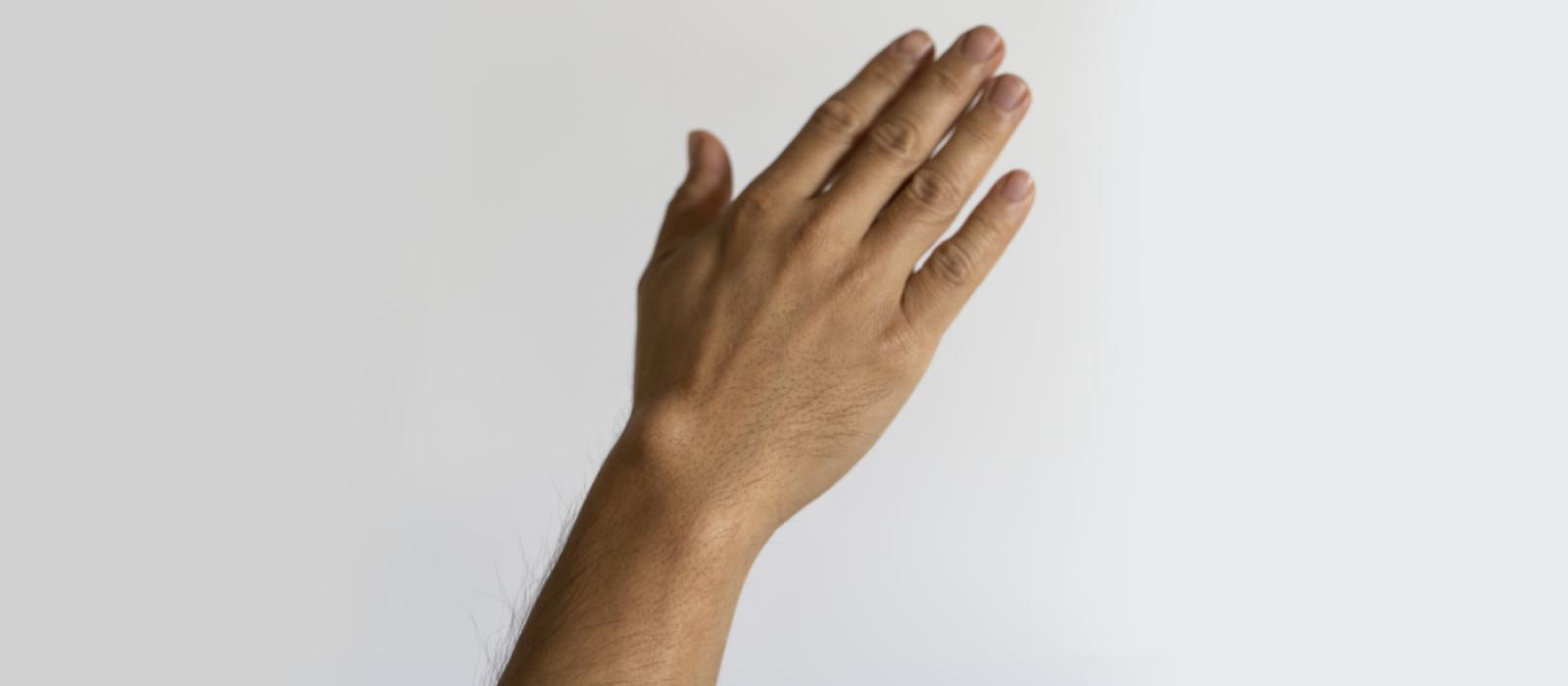Lipoma Treatment in Dubai, benign fatty growths that develop under the skin, are usually harmless but can sometimes be bothersome or cause discomfort. If you’re considering treatment, understanding how to fast-track your healing process can lead to quicker recovery and better outcomes. Here’s a comprehensive guide to help you navigate your treatment options and expedite your healing journey.
Understanding Lipoma Treatment Options
There are several effective methods for treating lipomas, each with its own approach and recovery time. Choosing the right treatment for you depends on factors like the lipoma’s size, location, and your personal preferences. Here’s a closer look at common treatment options and tips for speeding up recovery:
1. Surgical Excision
Surgical excision is a common and definitive method for removing a lipoma. It involves making an incision to remove the entire lipoma, including its capsule.

- Procedure: Performed under local anesthesia, this procedure involves a surgical cut to remove the lipoma. It is generally quick, with most procedures lasting less than an hour.
- Recovery: Post-surgery, you may experience some pain and swelling. Recovery typically takes a few weeks. To fast-track healing:
- Follow Post-Operative Care Instructions: Keep the wound clean and dry, and follow your surgeon’s instructions regarding dressings and wound care.
- Manage Pain Effectively: Take prescribed or over-the-counter pain medication as directed to manage discomfort.
- Avoid Strenuous Activities: Rest and avoid heavy lifting or strenuous activities that could strain the surgical site.
2. Liposuction
Liposuction is a minimally invasive technique that removes fatty tissue using a suction device.
- Procedure: A small incision is made, and a thin tube (cannula) is inserted to suction out the fat. This procedure is typically done under local anesthesia and is less invasive than traditional surgery.
- Recovery: Healing from liposuction is generally quicker, with most people resuming normal activities within a few days. To expedite recovery:
- Follow Post-Treatment Guidelines: Adhere to any instructions provided for wound care and wearing compression garments if recommended.
- Stay Hydrated and Eat Well: Maintain a balanced diet and drink plenty of water to support your body’s healing process.
- Engage in Light Activities: Gradually reintroduce light activities to promote circulation without overexerting yourself.
3. Steroid Injections
Steroid injections involve administering corticosteroids directly into the lipoma to reduce inflammation and shrink the growth.
- Procedure: This non-invasive method requires a needle to inject the medication into the lipoma. It’s often used for smaller lipomas or those causing mild discomfort.
- Recovery: There is minimal recovery time associated with steroid injections. To support healing:
- Monitor for Side Effects: Watch for any potential side effects, such as changes in skin texture or color, and report them to your healthcare provider.
- Attend Follow-Up Appointments: Keep up with follow-up visits to monitor the effectiveness of the treatment and assess any need for additional injections.
4. Radiofrequency Ablation (RFA)
Radiofrequency ablation uses radiofrequency energy to destroy the fatty tissue of the lipoma.
- Procedure: A probe is inserted into the lipoma, delivering energy to break down the fatty cells. This method is minimally invasive and usually done under local anesthesia.
- Recovery: Recovery is typically swift, with minimal downtime. To enhance healing:
- Avoid Irritation: Protect the treated area from any potential sources of irritation or infection.
- Follow Care Instructions: Adhere to post-procedure care recommendations, including any instructions for applying topical treatments or managing discomfort.
5. Cryolipolysis (Fat Freezing)
Cryolipolysis involves freezing the fat cells of the lipoma to reduce its size.
- Procedure: A cooling device is applied to the lipoma, causing the fat cells to freeze and die. The body then gradually eliminates the dead cells.
- Recovery: The treatment is non-invasive, and recovery is generally minimal. To facilitate healing:
- Maintain a Healthy Lifestyle: Support your body’s natural processes by staying active and eating healthily.
- Be Patient: Results may take several weeks to become noticeable, so patience is key.
Tips for Accelerating Recovery
Regardless of the treatment method, here are general tips to help speed up your recovery:
- Follow Medical Advice: Adhere strictly to the instructions provided by your healthcare provider. This includes taking medications as prescribed, attending follow-up appointments, and following wound care instructions.
- Prioritize Hygiene: Keep the treatment area clean and follow any guidelines for cleaning or dressing the wound. Proper hygiene helps prevent infections and promotes faster healing.
- Stay Hydrated: Drink plenty of water to support your body’s natural healing processes and overall health.
- Eat a Balanced Diet: Consume a diet rich in vitamins and minerals to support tissue repair and immune function. Foods high in protein, vitamin C, and zinc are particularly beneficial.
- Rest and Recovery: Ensure you get adequate rest and avoid activities that could strain the treated area. Proper rest is crucial for your body to heal effectively.
- Manage Stress: High stress levels can impact your body’s ability to heal. Practice stress-reducing techniques such as deep breathing, meditation, or gentle exercise to support your recovery.
When to Seek Medical Attention
While most treatments result in successful outcomes with minimal complications, it’s important to be aware of signs that may require medical attention:
- Signs of Infection: Increased redness, swelling, warmth, or discharge from the treatment area.
- Excessive Pain: Severe or worsening pain despite following pain management instructions.
- Unusual Symptoms: Any unexpected symptoms or side effects that concern you or do not resolve as expected.
Conclusion
Fast-tracking your healing process after lipoma treatment involves choosing the right treatment method for your specific needs and following expert advice for optimal recovery. By understanding the available options, adhering to post-treatment care guidelines, and supporting your body’s natural healing processes, you can achieve a smoother and faster recovery. Consult with your healthcare provider to determine the best approach for your situation and take proactive steps toward a healthier, more comfortable you.